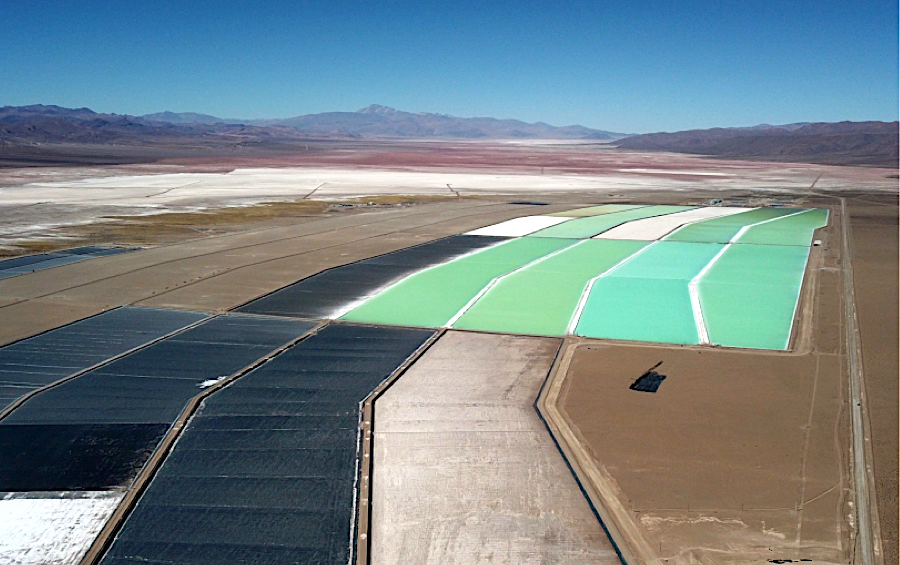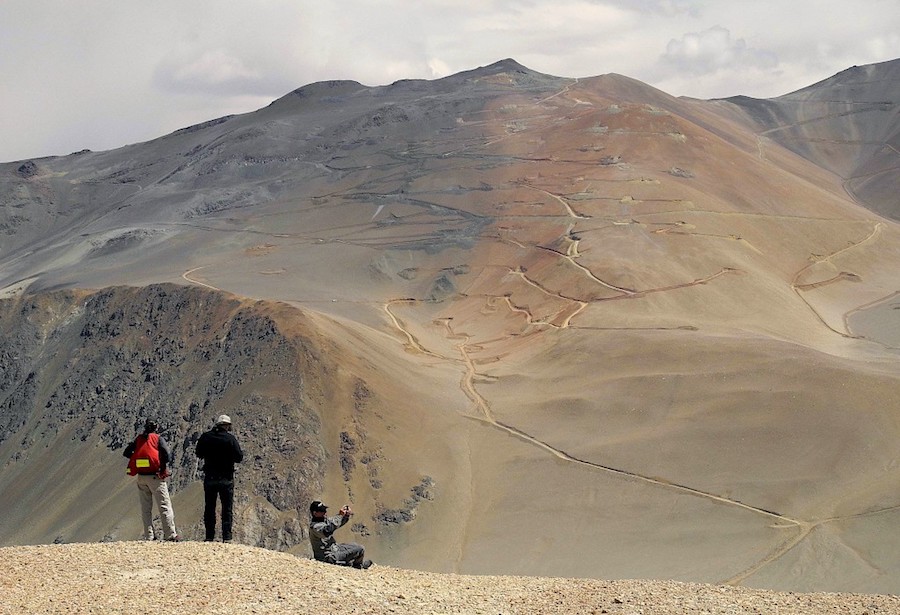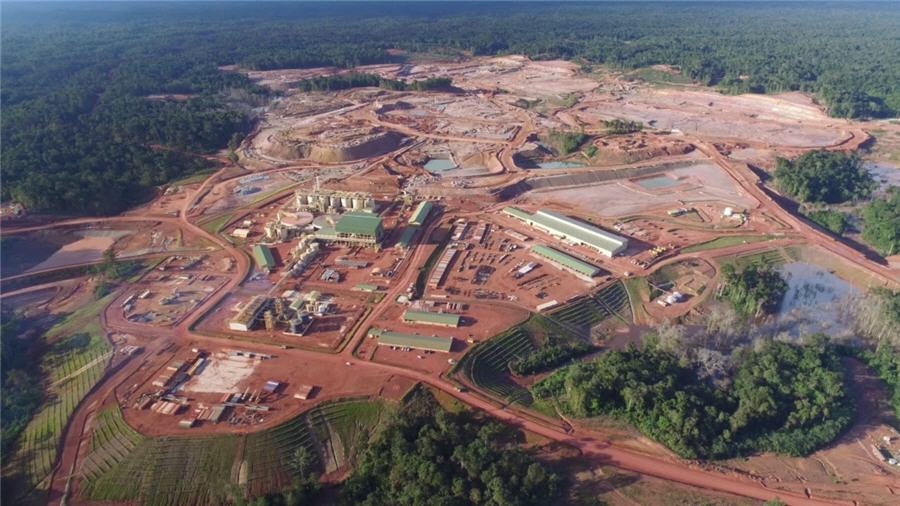Argentina seeks $10 billion in mining exports by 2030

Argentina’s government is increasing efforts to attract foreign investors to its mining sector and boost the country’s metals and minerals output as a March deadline to restructure billions of dollars in debt with the International Monetary Fund (IMF) looms.
The South American nation, which is again at risk of being cut off by global financial institutions and retreating into isolation, is launching a set of incentives to attract foreign capital to its mining industry.
Export taxes, reduced from 12% to 8% in October 2020, will be cut further, the left wing government said this week, without providing specifics.
“The tax burden [in Argentina] is still higher than in countries that it competes with in terms of mining production,” Luciano Berenstein, executive director of the Argentine Chamber of Mining Entrepreneurs (CAEM) said in an emailed statement.
The sector is calling on the government to further reduce withholding taxes taken from employees’ wages, speed up Value-Added Tax (VAT) refunds and increase access to the foreign exchange market.
The goal is to increase mining exports income to more than $10 billion over the next decade, a figure that seems attainable given the $25 billion in investments expected to come from the 34 projects currently at an advanced stage, according to the government.
Mining investment announcements hit $9.3 billion in 2020 and 2021 combined, with 94.5% of the projects focused on expansion and construction, official data shows.
Authorities say the country needs $22.2 billion to develop identified copper assets and $7.3 billion to tap into its lithium deposits.
Investments needed for gold are pegged at $1.65 billion and for silver at $1.11 billion.
Leading projects
The government of Peronist Alberto Fernández welcomed last year some major announcements. Canada’s Lundin Mining committed $4.2 billion to bring the recently acquired Josemaria copper, gold and silver project in San Juan province into production. According to company estimates, it will generate 2,500 jobs and $1.7 billion in annual exports. The mine, scheduled to begin operations in 2026, has a mine life of up to 19 years.
Gold giants Barrick (TSX: ABX)( NYSE: GOLD) and venture partner Shandong Gold announced investments to extend the life of Veladero – Argentina’s largest gold mine – to 2030.

Pan American Silver (TSX, NASDAQ: PAAS) also grabbed headlines after receiving approval for its $1 billion Navidad silver mine.
Most of the deals in 2021, which totaled $5.3 billion, were in the lithium sector. There were announcements to expand lithium extraction at existing projects run by Orocobre–Toyota, an Australian and Japanese partnership, and by US company Livent.
Lithium Americas (TSX: LAC) (NYSE: LAC) and JV partner Ganfeng Lithium approved a second stage expansion at the Caucharí-Olaroz lithium project in Jujuy province, which is expected to enter production in the third quarter of 2022.
By the end of 2021, Rio Tinto (ASX, LON, NYSE: RIO) gave the sector yet another boost by buying the Rincon brine project for $825 million.
In terms of most appealing provinces, the government said San Juan led the provinces by attracting $5.1 billion in investments, or 55.6% of the country’s total in two years. Salta followed with $2.5 billion, Catamarca with $1.2 billion and Jujuy with $420 million.
Argentina’s current mining portfolio comprises 87 projects, with 34 in an advanced exploration stage, 14 with a preliminary economic assessment underway, five in the prefeasibility stage and 12 in feasibility.
The country has 17 mines in production and three in the construction phase, along with six early exploration projects.
More News
{{ commodity.name }}
{{ post.title }}
{{ post.date }}

Comments
Lou Lord
Pan American’s deal was reversed by Chubut provincial government 4 days after it was given was it not?
Folks were none too pleased and a future referendum will be likely required and will always have serious repercussions for PAAS.